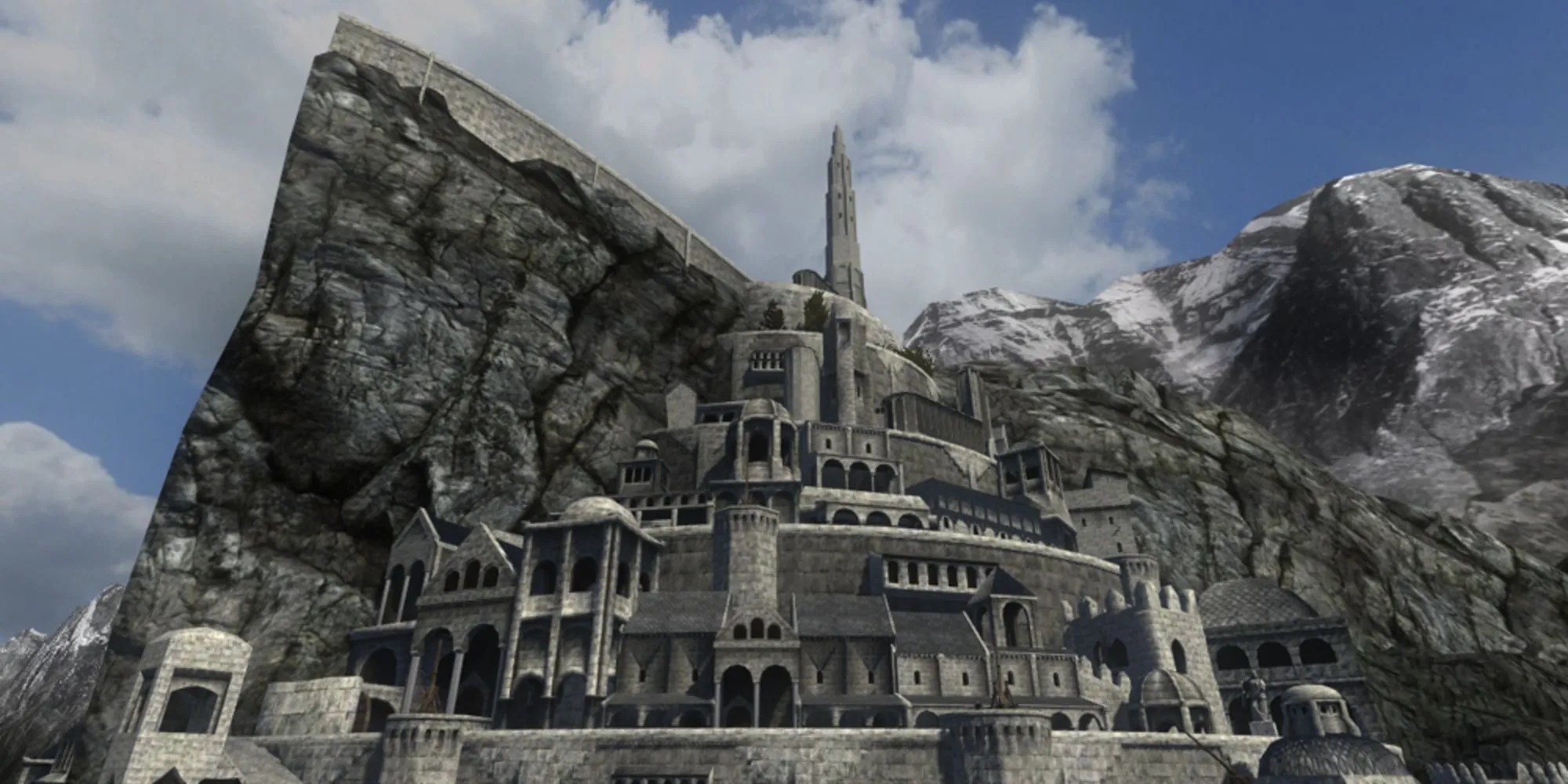Summary
Typically taking place in hostile environments and war-zones, many strategy games have an inherent focus on combat. This isn’t always the case, with some games providing strategic experiences that focus on diplomacy, problem-solving, or even narrative. However, some strategy games focus almost entirely on combat.
These games excel with their distinctive combat systems, but more importantly, they allow players to frequently engage in battle. The best of these titles leave little in the way between the player and combat, providing constant gauntlets of challenging battles.

Mount & Blade: Warbandis a combat-focused strategy sandbox game that emphasizes large-scale warfare. This focus on large battles is supported by a dense combat system that allows players to command impressive armies from the ground.
This results in an immersive experience despite relatively standard visuals, with much of the fun coming from the game’s large scale and RPG systems. While participating in combat can be somewhat clunky, leading troops from the ground provides a much more tactile and immediate experience than is typical of strategy games.

As a twin-stick shooter,Endless Dungeonis a decidedly combat-focused experience, excelling with its stylish visualsand punchy gunplay. However, the addition of resource management and tower defense gameplay results in an added level of strategy.
While it may not be as refined as its predecessor,Endless Dungeonexcels with its focus on snappy combat. UnlikeDungeon Of The Endless, the tower defense elements ofEndless Dungeonare supported by accessible twin-stick controls and tactile action that breaks up the exploration and resource management still present. As a result, it offers a more accessible experience that’s great for fans of action.

Despite its nature asa turn-based game,Shogun Showdownremains an action-packed experience. This is thanks in large part to its intuitive controls and minimalist user-interface, which encourage a fast rate of play while remaining strategic.
In the game, players battle enemies in small, 2D arenas, making use of tiles to take down foes with satisfying combos. As a roguelike,Shogun Showdownrevolves heavily around combat encounters, and, as a result, allows players to enjoy near-constant action.

Warcraft 3is a real-time strategy game with a comparatively slow pace to other games in the genre, such asStarCraft 2. However, its slower rate of play results in a decidedly combat-focused experience thanks to PvE elements and the lack of expansion opportunities.
Economy managementand base-buildingare still very much a part ofWarcraft 3, allowing the game to remain a strategic experience. However, micromanagement and spell-casting are frequent, offering players recurring opportunities to express their skill.

Darkest Dungeon 2is a merciless crucible of tactical decision-making that takes players on a hellish road trip through environments overrun by horrors. This dismal tone is contrasted, however, by moments of reprieve and shining resolve that keep the game from being too downtrodden.
Regardless,Darkest Dungeon 2is firmly combat-focused, tasking players withbattling eldritch horrorsand violent brigands. There are other elements to the game, such as light exploration and resource management, but even the game’s narrative beats are often dealt out in bespoke combat encounters.

InBattle Brothers, players are given little time to do anything but participate in combat. This is thanks to the constant pressure of having to pay wages and supply food to the mercenary company that players are charged with managing.
This mercenary company is good at one thing and one thing only, and that’s fighting. A slew of gruesome and unforgiving battles await players inBattle Brothers, but it remains a deepand rewarding experiencethanks to an abundance of loot and a diverse perk system.

Many deck-buildershave a focus on combat, butWildfrostis particularly so for its tactical twist, tasking players with battling enemies on dynamic battlefields. In the game, players must build and manage a deck of cards, using them to gain advantages in combat and keep their limited companions alive.
By simultaneously tasking players with positioning and managing units on a battlefield,Wildfrostbecomes a delicate dance, with even the smallest mistakes often leading to catastrophic results. However, these combat encounters are packed with open information, allowing players to make informed decisions and reducing overall frustration.

StarCraft 2is a competitive real-time strategy game that plays at a breakneck pace. While its single-player campaigns offer an accessible point of entry for newcomers, the competitive versus mode ofStarCraft 2offers a rewarding but brutally unforgiving arena.
Each match ofStarCraft 2revolves around base-building, economy management, and combat between armies large and small. From small skirmishes in the middle of the map to large-scale battles at the opponent’s base, fighting is both frequent and expressive. However, this does emphasize quick and efficient micromanagement, makingStarCraft 2a less accessible experiencefor newcomers to the genre.

